DIY Closet Loft

by
Ashley@Biggerthanthethreeofus
(IC: blogger)
17 Materials
We had some major issues with the closet in our little guy's room. You couldn't open the doors without hitting the room door. The storage was just ok and basically not utilized. We decided to make the closet into something he would love and use. For under $75, we were able to create a space that he can read, climb and play in.
DIY Closet/Reading Loft
Step 1 and 2 - Gather Supplies and Demo
Step 3: Measure
Step 4 and 5: Find Studs and Attach 2x4's
Step 6: Add Cross Supports
Step 7: Cut and add your plywood next.
Step 8: Trim out the front of your 2x4 to make it pretty.
Step 9: Build Your Ladder
Step 9 (Continued)
Step 10: Sand and Paint
Step 12: Secure Ladder and Patch
Lots more details on each step can be found on my blog.
My favorite thing at the end was to decorate. The chalkboard baskets on top help organize the toys really easy.
We really love how this turned out and hope you do as well! Let me know if you have any questions!
Enjoyed the project?

Want more details about this and other DIY projects? Check out my blog post!
Published March 3rd, 2015 11:58 PM
Comments
Join the conversation
2 of 220 comments
-
 Emily Harris
on Apr 14, 2025
Emily Harris
on Apr 14, 2025
Great idea!
-
-
 Omaifi
on Apr 14, 2025
Omaifi
on Apr 14, 2025
This is such an awesome transformation! I did something similar when I revamped our guest room and found some great inspo from 1StopBedrooms reviews https://1stopbedrooms.opinion-corp.com/review.html. Reading real stories helped me pick furniture that actually lasts (and survives toddlers!). Your step-by-step was super helpful, especially the ladder tips!
-



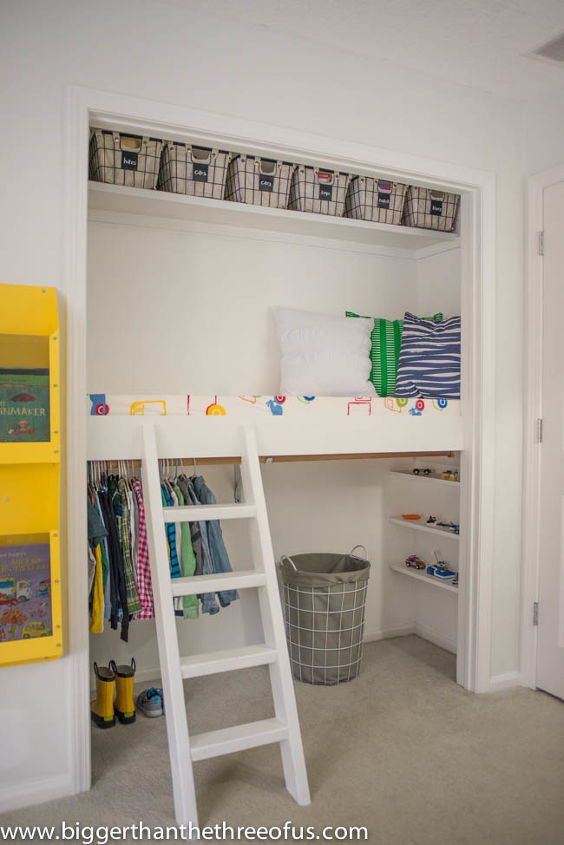













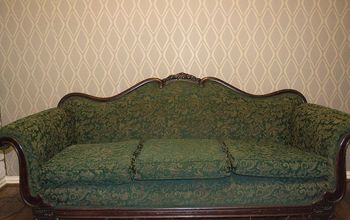
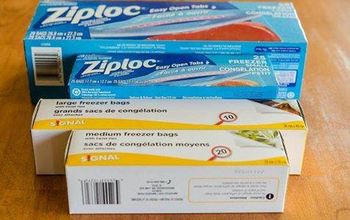



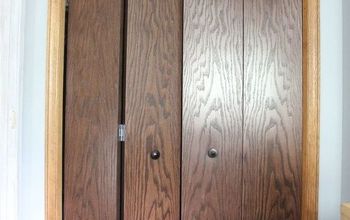
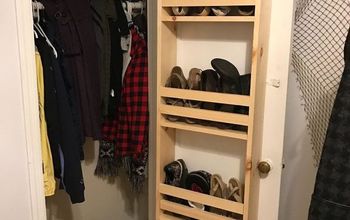
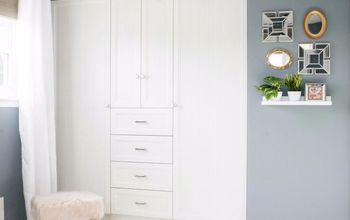
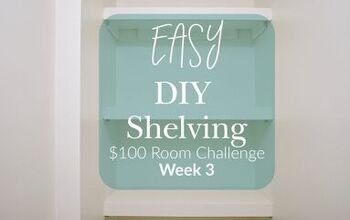
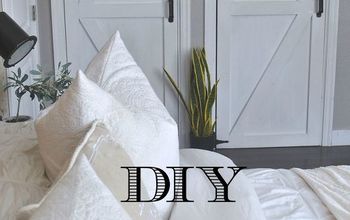
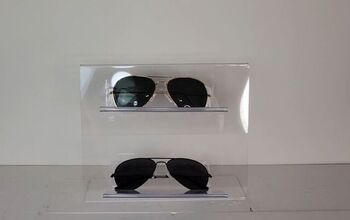
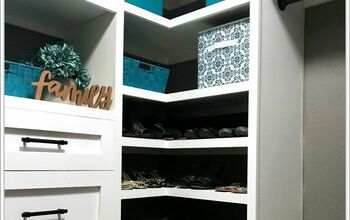
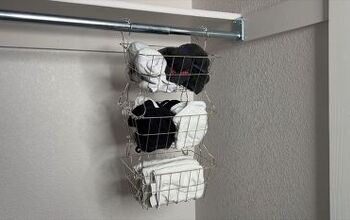
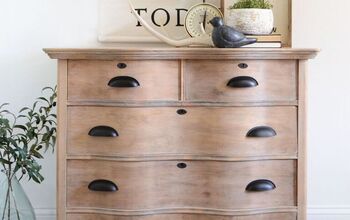
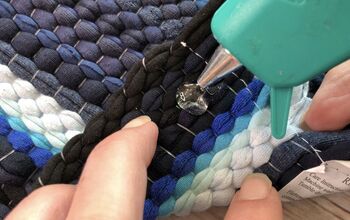
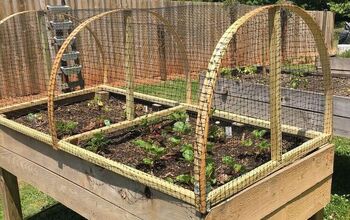
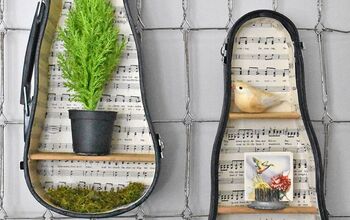
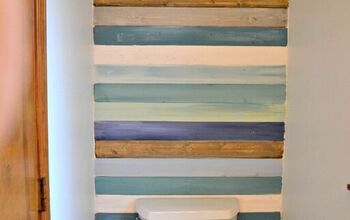
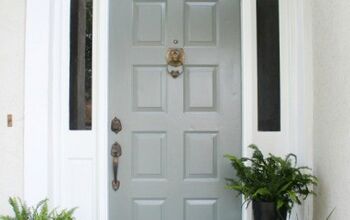
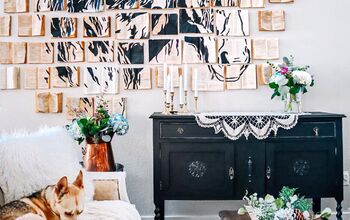
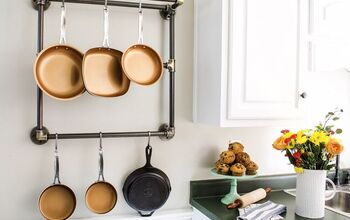
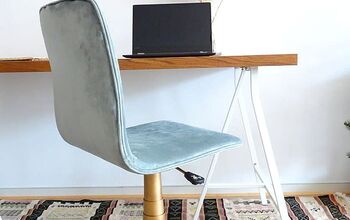
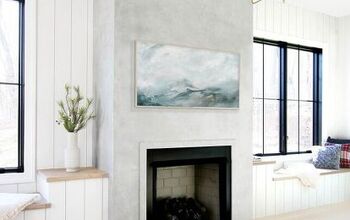
Frequently asked questions
Have a question about this project?
We are doing this in our 5 year olds room and I love it. One question though - how tall is your closet? I’m wondering how much room there should be between the loft and the top shelf for our little one to sit and not bonk her head!
We did a similar idea for our Tweenage daughter by simply using her twin box spring and mattress. She wanted the soft draped fabric and Christmas lights to make it cozy. She had the rest of her room for storage.
She loved it!
This is so cute! Do you think it would work reversed? We were thinking of doing the clothing storage up top (no loft) and making a cozy reading nook underneath.